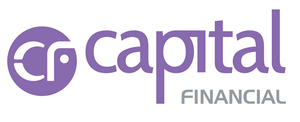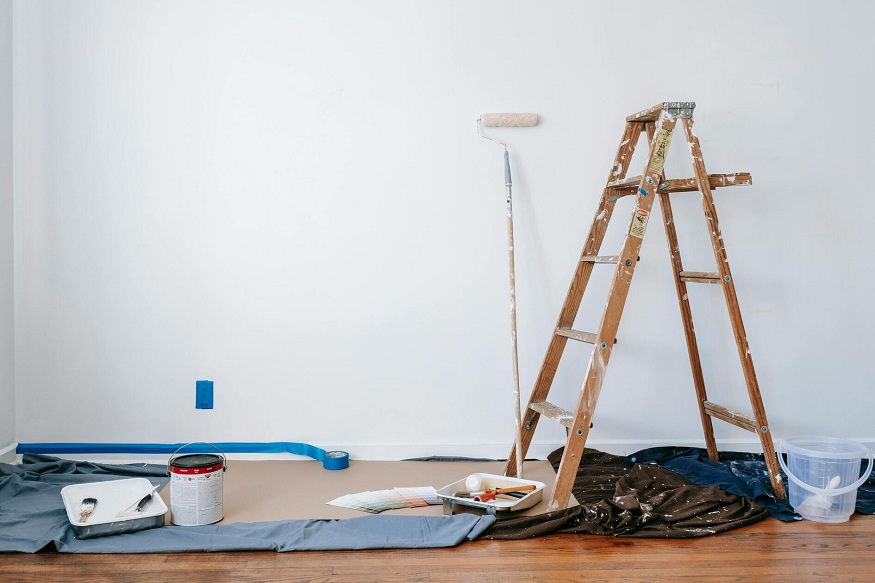Property investing offers a number of different models for making money. One is fix-and-flip. To make it work, investors need access to reliable financing they can turn to for every new property. Hard money is a fantastic option.
Hard money is ideal for fix-and-flip success because it is easy to arrange and just as fast. Access to fast cash is just what investors need to buy up the most lucrative properties, renovate them, and get them back on the market. With all of that said, however, hard money is like any other tool. You need to know how to use it to get the most from it.
It Starts With the Choice of Lender
The starting point for any fix-and-flip investor is finding a reliable lender. A lender can make all the difference in the world. Just know this: not all hard money lenders are interested in funding fix-and-flip investments. Salt Lake City’s Actium Lending is a good example.
Actium Lending is primarily interested in commercial real estate transactions and temporary bridge loans for small businesses. They explain that some hard money lenders prefer to stay away from fix-and-flip due to the risks involved. On the other hand, Actium says there are plenty of hard money lenders who specialize in fix-and-flip.
The point is that investors need to find lenders whose business models align with their goals and visions. An investor wants a lender he can work with rather than having to fight against or workaround.
Locating Worthwhile Investments
With a reliable lender in place, it is time for the investor to start looking for properties. Undervalued properties in up-and-coming neighborhoods offer a good starting point. Distressed properties (a.k.a. properties in foreclosure or those being offered on short sales) are also lucrative.
The price needs to be right in order to make an investment worthwhile. So an investor needs to consider the sale price along with the cost of renovations and repairs. The final value, when all work is completed, needs to be able to cover all the investors’ costs. This includes financing costs.
Get In, Renovate, and Get Out
An investor needs to move quickly when he finds a property he is interested in. The goal is to get in, renovate the property, and get back out by relisting the property. Given that hard money loans for fix-and-flip deals tend to have terms of 6-12 months, an investor should ideally get a property back on the market in about three months.
The beauty of hard money his speed. Hard money lenders can typically arrange loans within a couple of days. So once an offer has been made and accepted, an investor does not have to wait long to take possession and begin renovation. In the time it would take another investor to secure a traditional mortgage, the investor with a hard money loan could have already purchased, renovated, and sold the same property.
One Property Leads to the Next
The short terms hard money loans are known for can be used by a real estate investor to his own benefit. Imagine a loan with a 6-month term. The investor is highly motivated to get the property renovated and back on the market. As soon as he sells, he pays off the hard money loan. But if he played his cards correctly, he would still have cash left over.
That cash gives him more for the down payment on his next property. Repeat the cycle often enough and a fix-and-flip strategy eventually becomes self-sustaining. That is when the profits really start rolling in.




